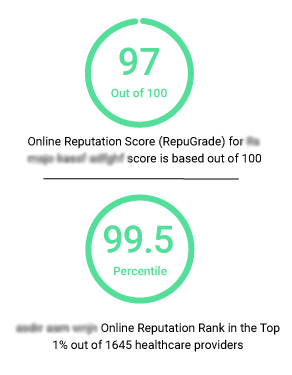Google Algorithm Changes to Penalize Sites with Heavy Ads
The growth of online advertising has led business professionals into becoming ferocious advertisers. They all want to sing the loudest and stand the tallest. It is well known that the aggressive marketers, in most cases, draw the most prospective clients. At the crux of this strategy is a strong website.
The value of a website is so crucial to the success of a company that business owners pay huge sums of money to design the best website. That being said, this doesn't mean that the best website is the most entertaining or aesthetically pleasing website too.
The content of your website is by far the most important aspect of it. Put bluntly, most people do not care about your expertise in graphic design. Having relevant, concise and informative content above all is the best way to attract prospective clients.
If your website is preceded by a page prompting the user to “click here to enter” or is littered with graphics, the visitor is likely to go elsewhere. This statistic is known as the “bounce rate” which measures the rate at which a user enters the site but leaves in a short time (usually under 10 seconds).
Always keeping the end users’ experience in mind, Google updates its algorithms to bring up only the most relevant content to the searched keyword.
Google began to penalize advertisements back in 2012. But a recent update has announced that Google will penalize websites with heavy advertising that is found “above the fold”. Google is facing an all-time rise in recent complaints from the website visitors. The surge in complaints has made it apparent to Google that going “Top Heavy” with ads is imperative for ensuring that the end users' experience is kept at top priority.
Although implementation will take time, it would be wise to reduce the quantity of ads on your site. This change in Google’s philosophy rides on the basic principle that the content of your site should be noticeable with ease.
Comments are closed

